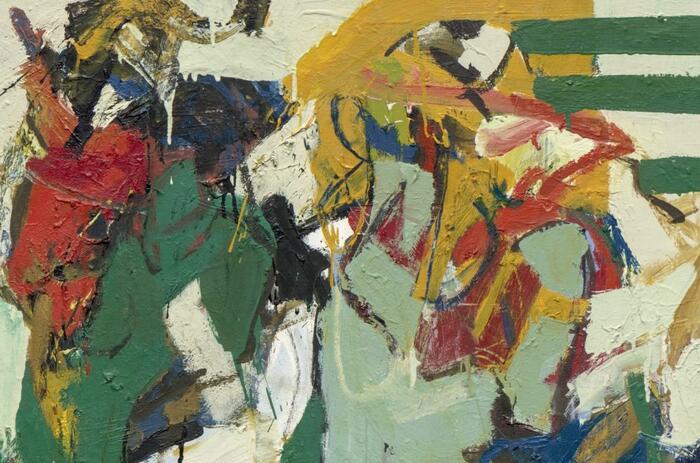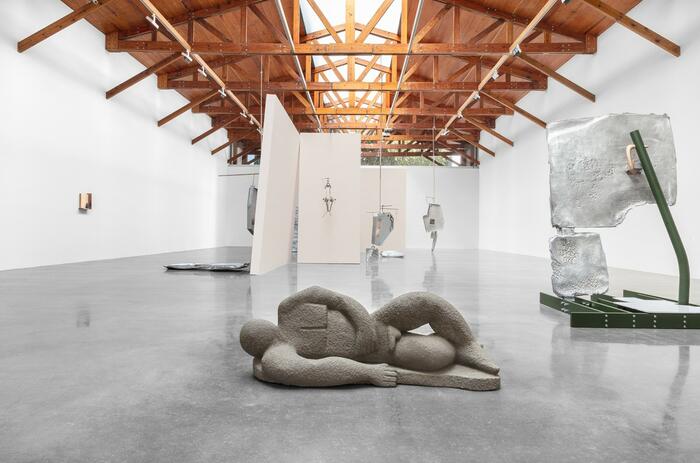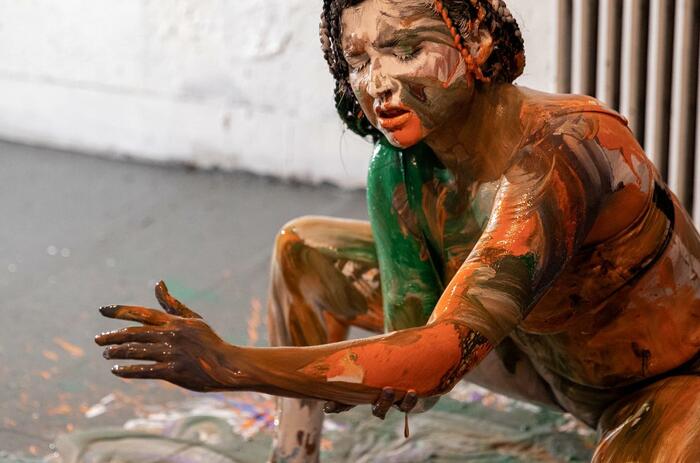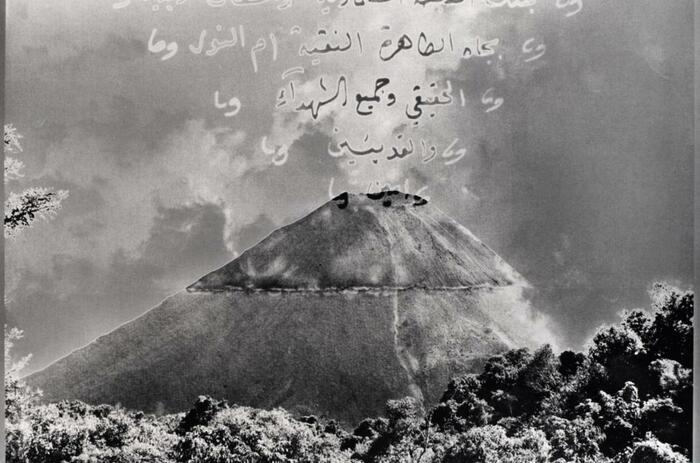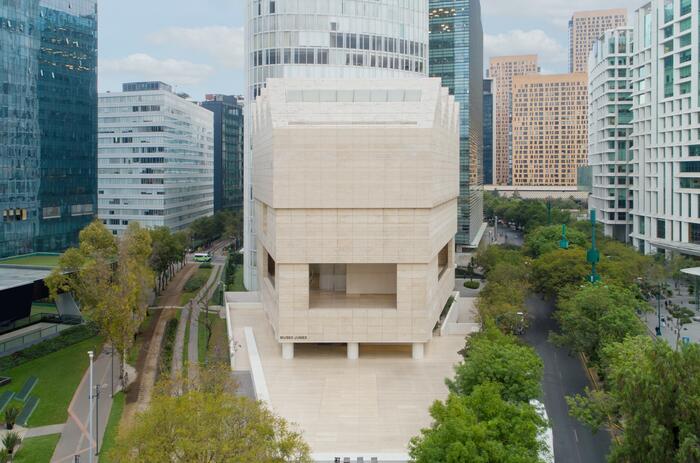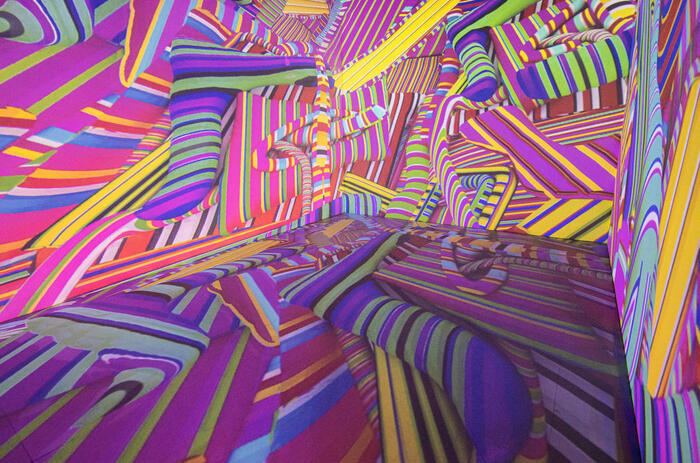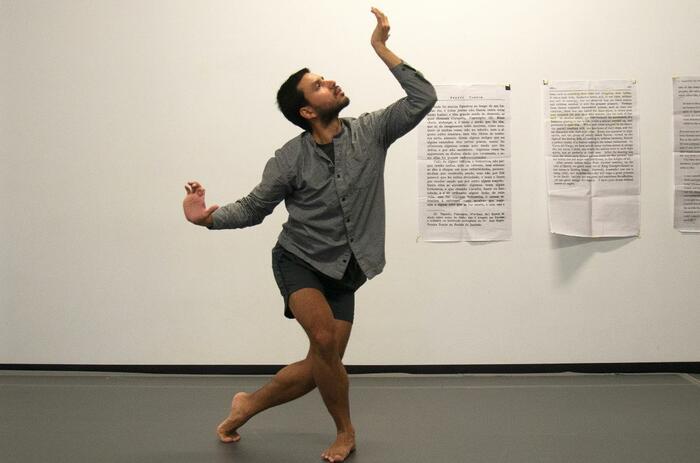FEMINISM, PROVOCATION AND INTROSPECTION. JUDY CHICAGO AT THE NEW MUSEUM
Judy Chicago: Herstory brings together six decades of the artist’s work. Hosted by The New Museum in New York, the show includes an exhibition-whithin-the-exhibition spotlighting women essential to the history of art and Chicago’s own practice.
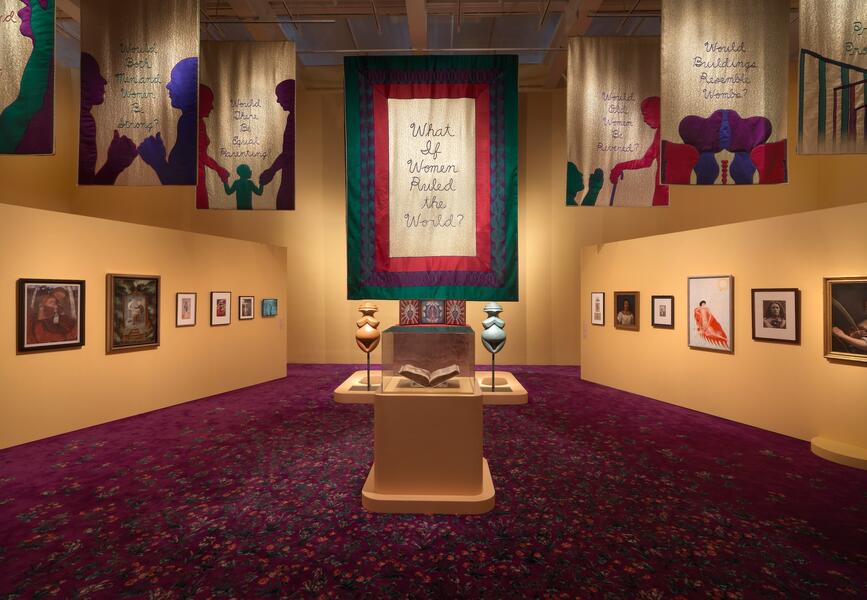
The exhibition traces Judy Chicago’s sixty-year career across painting, sculpture, installation, drawing, textiles, photography, stained glass, needlework and printmaking.
Judy Chicago: Herstory encompass the entirety of Chicago’s practice, from her 1960s experiments in Minimalism and her revolutionary feminist art of the 1970s to her series of the 1980s and 1990s—such as PowerPlay (1982–87), Holocaust Project (1985–93), Resolutions: A Stitch in Time (1994–2000), and The End: A Meditation on Death and Extinction (2012-1018)—which expand the purview of her Second Wave Feministagenda to confront environmental disaster, genocide, social inequity, birth and creation,mortality, and the construct of masculinity.
The exhibition includes legendary works such as Rainbow Pickett (1965), originally presented in “Primary Structures” at the Jewish Museum, an exhibition which consecrated the minimalist turn in contemporary sculpture; Atmospheres, her radical performances initiated in 1969 employing colored smoke and fireworks to activate rather than scar the landscape; a suite of visionary abstractions from the 1970s—such as Through The Flower (1973) and the Great Ladies Series (1973)—exemplifying Chicago’s iconography rooted in feminist theory; the Birth Project, a cycle of dozens of works begun in 1980 combining needlework, embroidery, and painting to celebrate the birth process; and documentation of “Womanhouse,” the fabled 1972 installation staged in an abandoned Hollywood mansion by Chicago and Miriam Schapiro’s Feminist Art Program.
The exhibition also explores Chicago’s manifold contributions as a feminist activist and cultural historian, presenting her work in dialogue with other women and gender-nonconforming artists, writers, and thinkers whose memory she has helped keep alive through her tireless activities as both researcher and historical preservationist. Combining artworks and source materials in a distinctive exploration of artistic influences and reverberations across history, this exhibition proposes a new, radical model for a solo exhibition—an “introspective,” approach rather than a retrospective one. In this collaborative curatorial perspective, the artist is invited to conceive a personal museum based on a model of historiography that is porous, hospitable, and accepting. Chicago’s show-within-the-show entitled The City of Ladies includes work and archival materials from more than eighty women and genderqueer artists, writers, and cultural figures, including Hilma af Klint, Hildegard von Bingen, Claude Cahun, Elizabeth Catlett, Simone de Beauvoir, Artemisia Gentileschi, Emma Goldman, Frida Kahlo, Georgia O'Keeffe, Charlotte Salomon, Remedios Varo, and Virginia Woolf, among others. Titled after fifteenth century author Christine de Pisan’s Le Livre de la Cité des Dames, (The City of Ladies) the installation reflects Chicago's work as a feminist activist and cultural historian claiming space for women in narratives that previously obscured or denied their contributions.
-
"City of Ladies" artworks by Remedios Varo, "Papilla Estelar," 1958; Florine Stettheimer, "Portrait of Myself," 1923; Gluck, "Portrait of Miss E.M. Craig," 1920; Georgia O’Keeffe, "Black Iris," 1926; Hilma af Klint, "Group IX/UW, The dove, no. 2," 1915; Louise Nevelson, "Untitled," 1945; Maria Martins, "Boiuna," 1942; Elizabeth Catlett, "Nude Torso," ca. 1970; Barbara Hepworth, "Large and Small Form," 1945.
-
"City of Ladies" artworks by Remedios Varo, "Papilla Estelar," 1958; Florine Stettheimer, "Portrait of Myself," 1923; Gluck, "Portrait of Miss E.M. Craig," 1920; Georgia O’Keeffe, "Black Iris," 1926; Hilma af Klint, "Group IX/UW, The dove, no. 2," 1915; Louise Nevelson, "Untitled," 1945; Maria Martins, "Boiuna," 1942; Elizabeth Catlett, "Nude Torso," ca. 1970; Barbara Hepworth, "Large and Small Form," 1945.
-
"City of Ladies" artworks by Remedios Varo, "Papilla Estelar," 1958; Florine Stettheimer, "Portrait of Myself," 1923; Gluck, "Portrait of Miss E.M. Craig," 1920; Georgia O’Keeffe, "Black Iris," 1926; Hilma af Klint, "Group IX/UW, The dove, no. 2," 1915; Louise Nevelson, "Untitled," 1945; Maria Martins, "Boiuna," 1942; Elizabeth Catlett, "Nude Torso," ca. 1970; Barbara Hepworth, "Large and Small Form," 1945.
-
"City of Ladies" artworks by Remedios Varo, "Papilla Estelar," 1958; Florine Stettheimer, "Portrait of Myself," 1923; Gluck, "Portrait of Miss E.M. Craig," 1920; Georgia O’Keeffe, "Black Iris," 1926; Hilma af Klint, "Group IX/UW, The dove, no. 2," 1915; Louise Nevelson, "Untitled," 1945; Maria Martins, "Boiuna," 1942; Elizabeth Catlett, "Nude Torso," ca. 1970; Barbara Hepworth, "Large and Small Form," 1945.
-
"City of Ladies" artworks by Remedios Varo, "Papilla Estelar," 1958; Florine Stettheimer, "Portrait of Myself," 1923; Gluck, "Portrait of Miss E.M. Craig," 1920; Georgia O’Keeffe, "Black Iris," 1926; Hilma af Klint, "Group IX/UW, The dove, no. 2," 1915; Louise Nevelson, "Untitled," 1945; Maria Martins, "Boiuna," 1942; Elizabeth Catlett, "Nude Torso," ca. 1970; Barbara Hepworth, "Large and Small Form," 1945.

